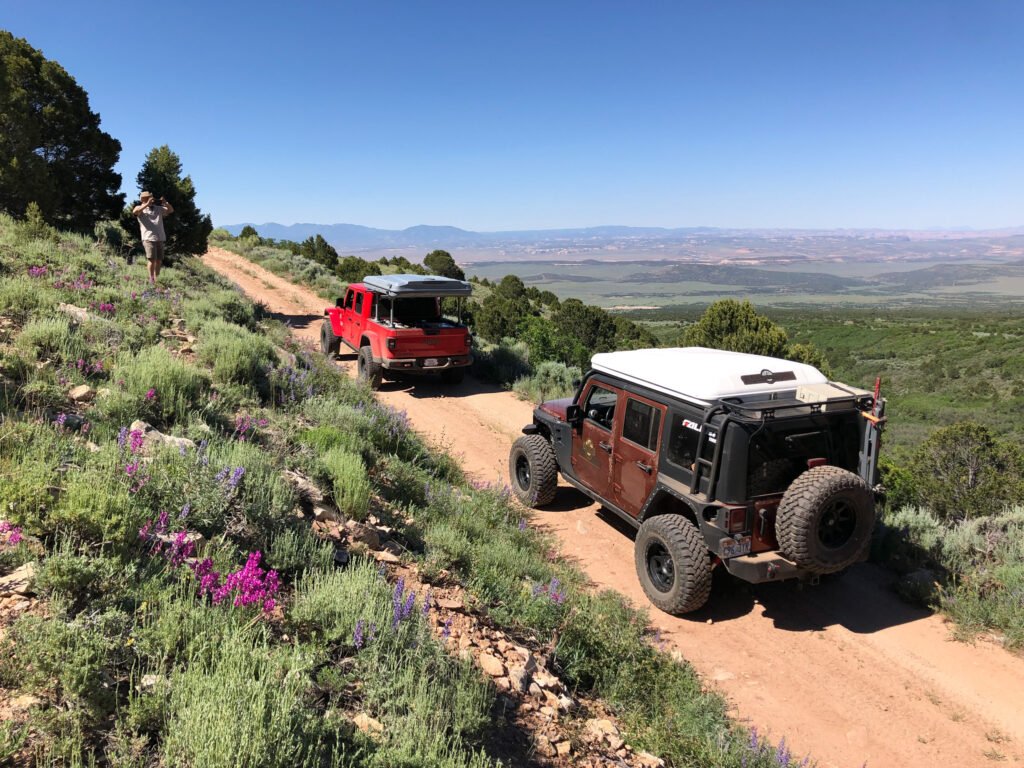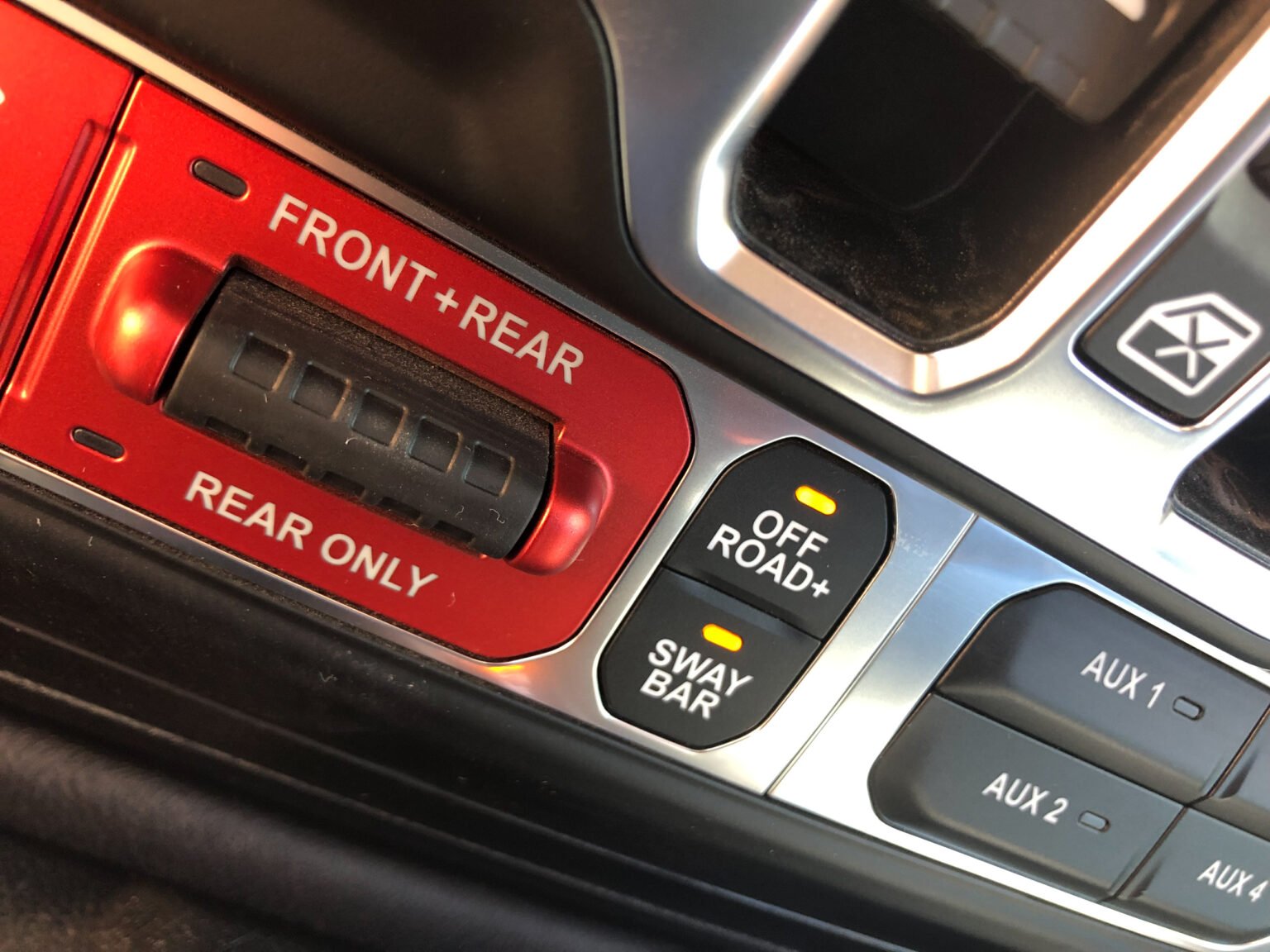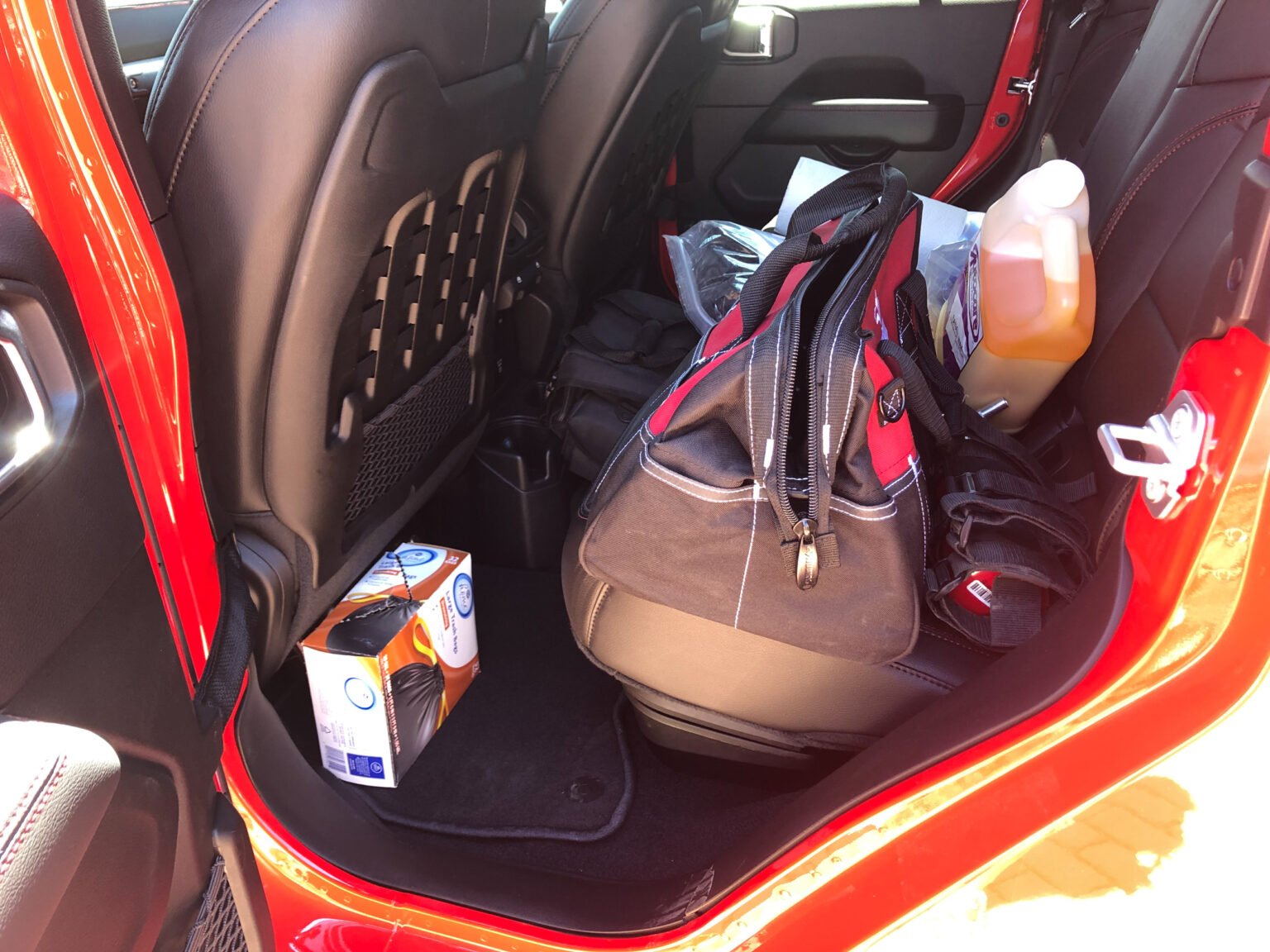Gladiator Comparison
By Nena Barlow
This article originally appeared on fourwheeler.com.
After months of waiting for my ordered Jeep Gladiator Launch Edition, I was dying to throw on a few "Barlow" modifications and hit the trail, and I needed to answer one question: How does the Gladiator measure up? Though I have argued that the Gladiator should be compared to other midsize trucks, like the Tacoma, Ranger, and Colorado, in the end I stuck with what I know best and sized up the Wrangler and Power Wagon against the Gladiator.
The Launch Edition I ordered, named Sparrow, is just a fully loaded Rubicon model with a proprietary bronze badge on the tailgate denoting that it is one of 4,190 built. All of the features on the Launch Edition are available to order—except the badge. I am lucky enough to also own both a 2018 JL Unlimited Rubicon with the 2.0 Turbo eTorque (Ginger) and a 2017 Power Wagon (Ellie). The Wrangler, Power Wagon, and Gladiator have all received some mild modifications, including suspension, tire, and wheel upgrades. As most of you already know, all of these rigs come with factory axle lock and power sway bar disconnect.
Side by side photo barely captures the size difference between the two trucks.A "real-world" test drive like this means having my usual 500 pounds of equipment and tools, along with what I consider a few basic upgrades, like extra undercarriage armor, a suspension lift, and larger tires. On the Gladiator, we installed the Mopar 2-inch suspension lift and 35-inch Falken Wildpeak A/T3W tires. I also added the extra 200 pounds of my oversized rooftop tent held up by Thule Xsporter Pro bed rack.
What a better test than 180 miles overlanding the beautiful Rimrocker Trail from Moab UT to Montrose CO? Trail details and maps available at www.rimrockertrail.org
Behind the wheel, I noticed the usual Wrangler wind noise and splatted insects collecting on the windshield, but her longer wheelbase made her track better than the Wrangler. On the trail, it was a dream. Only a few tight turns gave notice to the extra wheelbase compared to the Wrangler, but it was still far more maneuverable between the rocks and trees than my Power Wagon. Although I had added so much weight to her, she did not seem to feel it much, either in acceleration or ride quality. My fuel range combined was 16-17 mpg overall, with an average of about 10 mpg while on the easy 4x4 portions of the Rimrocker Trail that climb from 4,500 to 9,500 feet in elevation.
As for my expectations of the Gladiator overall, I must say it surpassed them. I was concerned that driving the Gladiator would feel like settling for mediocre capabilities in between the Wrangler and Power Wagon. It did not. The Gladiator made her own place and name. After 1,000 miles and five days behind the wheel, I came to the amazing conclusion that I didn't even notice how comfortable I was all week. Sparrow had served as my overlanding rig with seamless grace and ease. Like a perfectly attentive butler ready to provide whatever assistance you might require for your adventure, it seemed like everything fit perfectly, worked together perfectly, and even provided a few things I loved and didn't know I needed. Adaptive cruise control, front camera, select speed control, Off-Road Plus—all features not found on any of the other rigs in this comparison, except the Gladiator.
Yep, it’s a truck, complete with tools, fridge and firewood. I also love having a tailgate to function as table, desk, viewing platform, etc.Although Wrangler Rubicons and Power Wagons both provide axle lock, sway bar disconnect and Hill Descent Control, currently, only Gladiator offers the magical Offroad Plus button which allows a sportier performance in high range by minimizing the stability control program’s interference in your power cornering or whoop-hopping.Currently only available on Gladiator and Cherokee Trailhawk is the select speed control button which sets your speed and holds it down and up hills and obstacles. A little eerie, but amazing!Another feature currently found only on Gladiator is the handy front camera, which made the spooky breakover on the Hell’s Revenge exit a non-issue.The good news is the Gladiator can have a power outlet in the truck bed! The bad news is that it is a built in inverter 115V, so power is only available with key on. Not a great option for refrigerators, so I rigged up my Dometic PLB-40 battery to run the refrigerator, then plugged the battery into the bed outlet to recharge the battery. Not a cheap option, but it worked great. Thanks to Chris Ramm for the idea!Though she sips noticeably more than my 2.0 eTorque Wrangler, the Gladiator ran an average 16 mpg or better with combination backcountry highway with high crosswinds, overlanding roads 5-25 mph, and all while carrying a rooftop tent and my makeup bag. With my Power Wagon, I am excited to hit double digits.Though we will have our Wranglers to run trails like Hells Revenge and tougher, the Gladiator’s only drawback is her obvious truck like backside, now complete with rock rash on the hitch.The penthouse suite.Photo 1 of 2 for size comparison. Gladiator’s back seat with some of my gear.Photo 2 of 2 for size comparison. Power Wagon’s back seat with some of the same gear.












